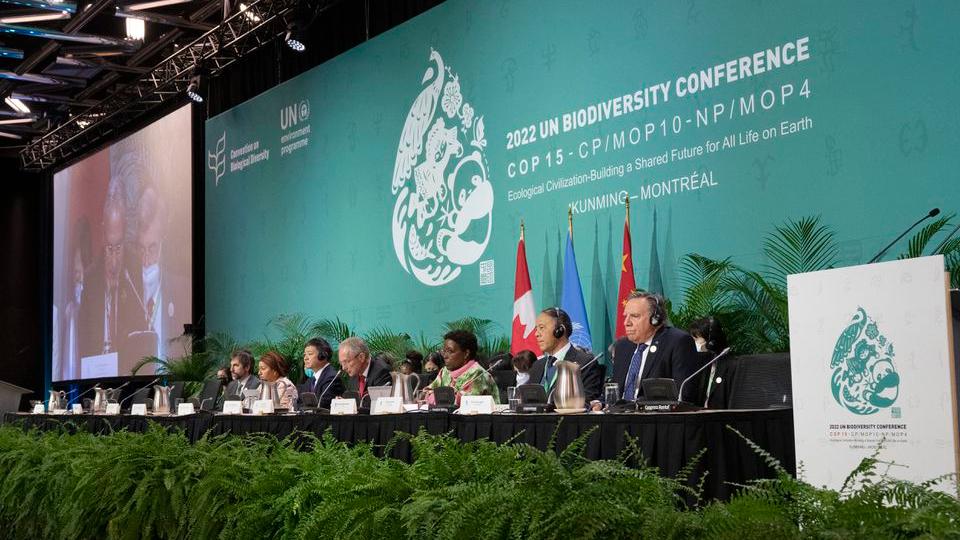The agreement calls for raising $200 billion by 2030 for biodiversity from a range of sources and to stump up $30 billion in yearly conservation aid for the developing world.

Negotiators have reached a historic deal at a UN biodiversity conference that would represent the most significant effort to protect the world’s lands and oceans and provide critical financing to save biodiversity in the developing world.
The global framework on Monday comes a day before the United Nations Biodiversity Conference, or COP15, is set to end in Montreal.
China, which holds the presidency at this conference, released a new draft earlier in the day that gave the sometimes contentious talks much-needed momentum.
The most significant part of the agreement is a commitment to protect 30 percent of land and water considered important for biodiversity by 2030.
Currently, 17 percent of terrestrial and 10 percent of marine areas are protected.
“There has never been a conservation goal globally at this scale,“ Brian O’Donnell, the director of the conservation group Campaign for Nature, told reporters.
“This puts us within a chance of safeguarding biodiversity from collapse … We’re now within the range that scientists think can make a marked difference in biodiversity.”
READ MORE: UN deal calls for $20B international biodiversity aid
#BreakingNews: Nations Adopt 4 Goals, 23 Targets for 2030 In Landmark UN Biodiversity Agreement
By 2030: Protect 30% of
’s lands,
, coastal areas, inland waters; Cut food waste in half’; More
https://t.co/wzlD2ivPKD#COP15 #COP15Announcement #GBFAdoption #post2020
pic.twitter.com/d4gQgJ4zIk
— UN Biodiversity (@UNBiodiversity) December 19, 2022
Financing arrangements
The draft also calls for raising $200 billion by 2030 for biodiversity from a range of sources and working to phase out or reform subsidies that could provide another $500 billion for nature.
As part of the financing package, the framework calls for increasing to at least $20 billion annually by 2025 the money that goes to poor countries – or about double what is currently provided.
That number would increase to $30 billion each year by 2030.
The climate crisis coupled with habitat loss, pollution and development have hammered the world’s biodiversity, with one estimate in 2019 warning that a million plant and animal species face extinction within decades – a rate of loss 1,000 times greater than expected.
The Wildlife Conservation Society and other environmental groups were concerned that the draft puts off until 2050 a goal of preventing the extinction of species, preserving the integrity of ecosystems and maintaining the genetic diversity within populations. They fear that timeline is not ambitious enough.
READ MORE: China, Canada confident of securing ‘peace pact for nature’ at COP15
Source: AP
Countries reach historic nature protection deal at UN conference
Source: News Achor Trending

0 Comments